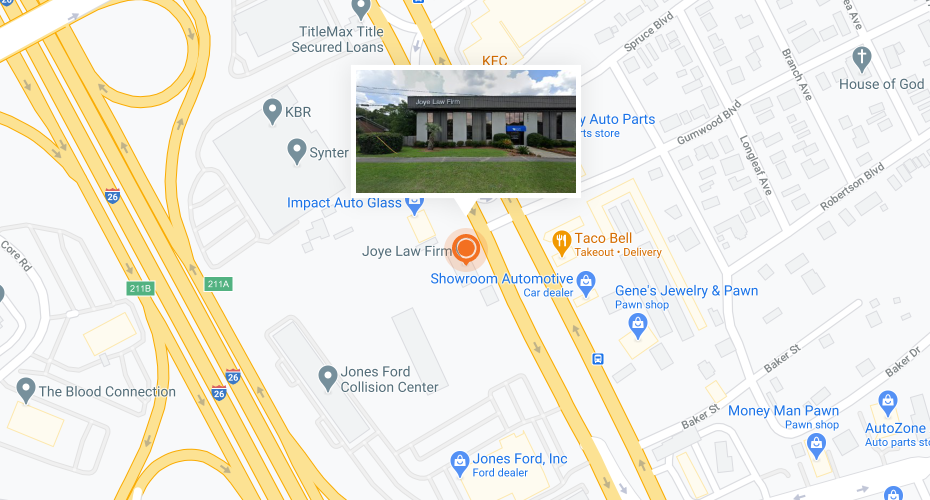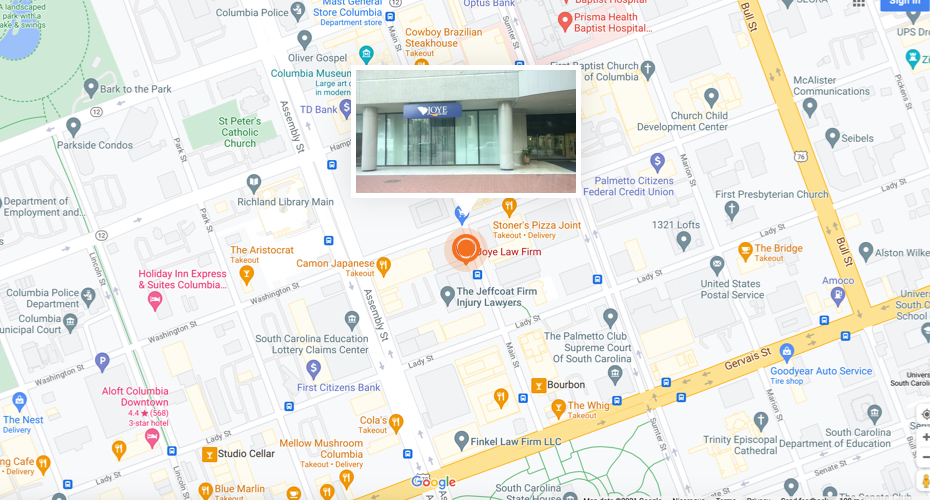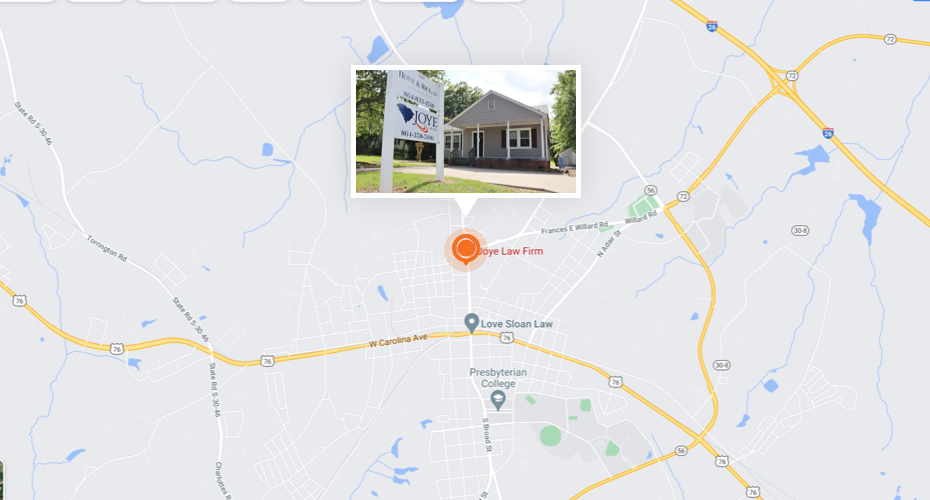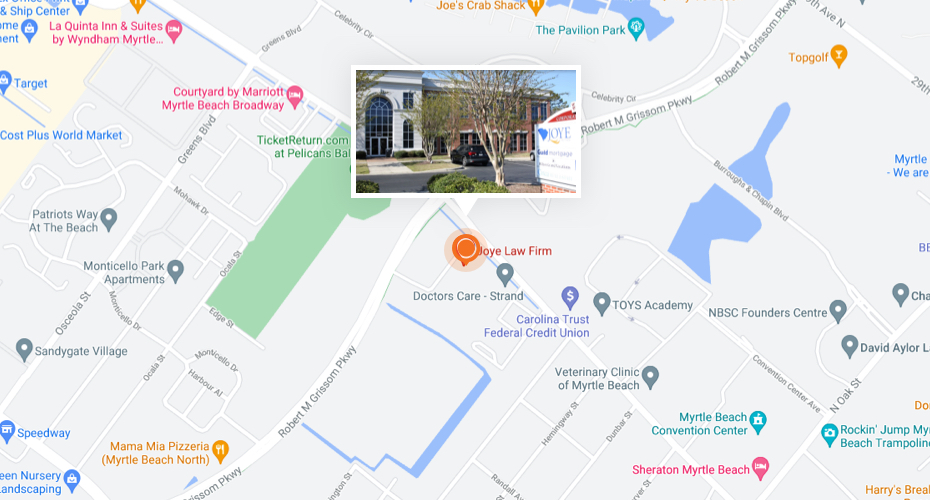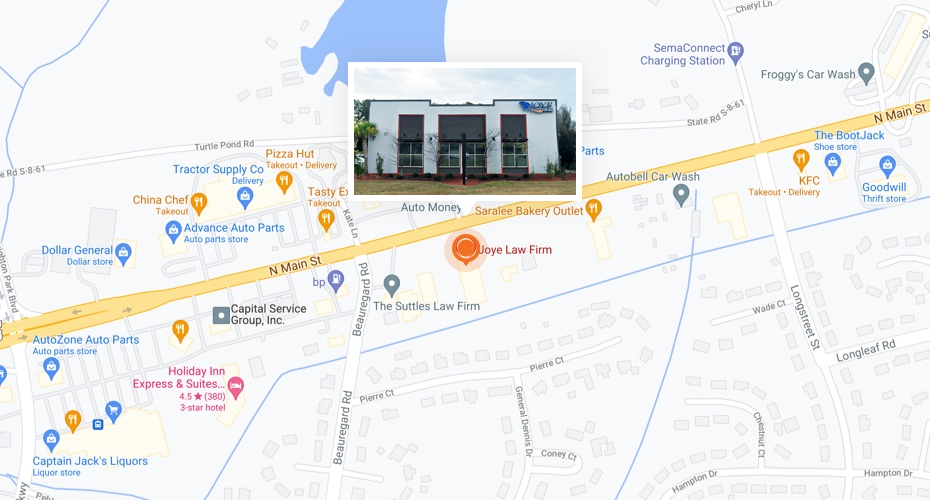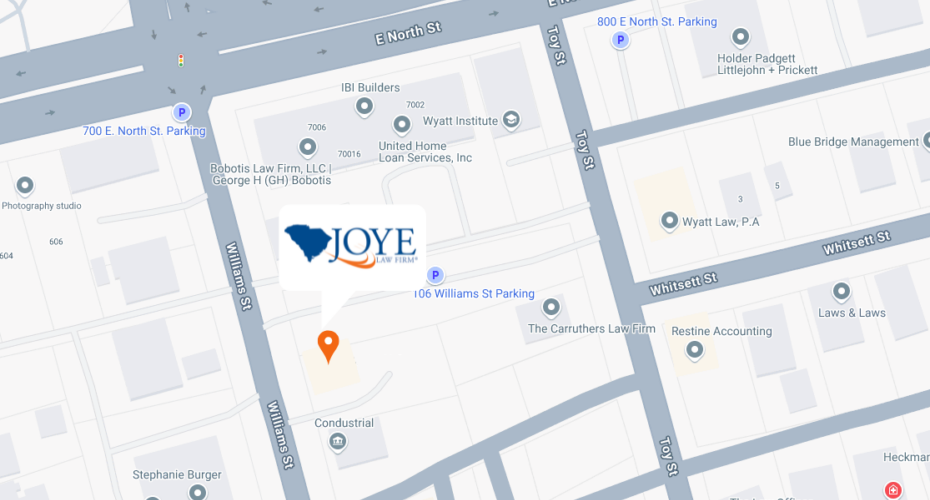
At just 28 years old, Jeremy* had already survived the perils of an overseas deployment. The wartime veteran could never have imagined that his civilian job would place him in even greater danger. Sadly, Jeremy’s life would be forever changed, not on a distant battlefield, but from a preventable accident at a local construction site.
Falls are the leading cause of death on U.S. construction sites. These incidents are often preventable, and the Occupational Safety and Health Administration (OSHA) consistently emphasizes the importance of proper training, job safety analysis, and safety measures.
In this case study, we will dive into the circumstances surrounding Jeremy’s tragic, but preventable accident and how Attorney Melissa Mosier of Joye Law Firm’s Columbia office settled the third-party construction site injury case and secured a company-wide change to help prevent future accidents from occurring.
Unmarked Elevator Shaft Leads to Three-Story Fall
On a crisp fall day, Jeremy and his coworker arrived at a multi-million-dollar waterfront home to install phase 2 blown-in insulation in the attic. Their visit was pre-arranged with the property owner, so it was no surprise that it was only them and the landscaper on site that day. Jeremy proceeded to try to locate the attic access door on the third floor while his coworker waited to turn on the switch to blow in the insulation. But the signal never came, only screams.
As Jeremy systematically opened doors along the hallway on the third floor, the last door he reached looked like all the rest – it was neither marked nor locked. Expecting this final door to be the attic access, he opened the door and started to step in, only to find himself falling down an unmarked elevator shaft. He plunged three stories to the bottom, landing in darkness, surrounded by cinderblocks. He screamed for help and pounded on the walls until his cell phone finally picked up a signal, and his coworker arrived and called for emergency assistance.
Recalling the terrifying ordeal, Jeremy said, “sitting at the bottom of the elevator and trying to figure out what happened and why I couldn’t really move around. Obviously shock. Everything was numb. And looking up and seeing where I was at and now where I’m at and then trying to open the door for the original first floor door, I guess you would say, trying to figure out why it’s locked and I can’t pop it open. And do I have a phone signal? Because I was — at the time I pulled my phone out, pulled the flashlight out, I saw cinder block around me. Commercial site, I know it’s not going to have a good signal, so am I going to be able to call out for help?”
Spine, Pelvis, and Leg Fractures Lead to Multiple Surgeries
As the initial shock wore off, Jeremy began to realize his injuries were severe. Medical evaluations confirmed the extent of the damage. Jeremy had fractured his pelvis in two places and broken his right tibia and ankle. He spent a week in the hospital and underwent multiple surgeries. This hospital stay was followed by months of grueling rehabilitation. Six months later, he returned for another surgery to remove the hardware that had been added during his initial hospital stay. By the time Attorney Mosier filed suit, Jeremy’s medical bills had reached nearly half a million dollars.
The accident forced him to leave his home, as he could no longer manage the stairs. He had to move in with his girlfriend’s family. Once an active young father who loved running, surfing, and playing softball, Jeremy’s life was completely altered by this preventable incident. He was left wondering if he would be able to have a full recovery from his injuries and when he could get back to work to support his growing family.
OSHA Violations and Contractor Negligence
The home builder responsible for the project was not a licensed contractor but a real estate broker. When obtaining a construction site license, businesses pledge to OSHA that they have proper safety procedures in place and resources that OSHA provides free of charge in multiple languages. However, not only was this company in violation of OSHA’s rules, but they also had no safety protocols at all. The Occupational Safety and Health Administration (OSHA) regulation 29 CFR 1926(a)(1) states “no contractor or subcontractor contracting for any part of the contract work shall require any laborer or mechanic employed in the performance of the contract to work in surroundings or under working conditions which are unsanitary, hazardous, or dangerous to his health or safety.’
Shockingly, the elevator shaft Jeremy fell into was completely unmarked—there wasn’t even a door handle or lock. Attorney Mosier points out that a simple $30 lock from a hardware store could have protected the contractor from a costly claim and spared this young man’s life by preventing months of pain, suffering, lost wages, and costly medical bills.
On the same day of the accident, the company owner instructed an employee to nail up 2x4s, add caution tape, and install a lock—basic, inexpensive safety measures that should have been in place long before Jeremy’s tragic fall.
Workers’ Compensation Benefits
During Jeremy’s six-month recovery, Joye Law Firm helped him file for workers’ compensation benefits, securing two-thirds of his weekly take-home pay. Our firm also worked to determine his permanent impairment rating. Under South Carolina’s workers’ compensation laws, each injured body part is assigned an impairment rating. A final settlement is then calculated once an injured worker reaches maximum medical improvement. A doctor assigned Jeremy a 7% impairment rating to the spine, 3% to the Right Leg, and 2% to the Pelvis, which secured him a $57,000 Permanent Partial Disability Benefits settlement.
Despite his catastrophic injuries, Jeremy was determined to get back to work. In a testament to his dogged determination and warrior spirit, he was back at work just six months after his devastating fall. However, due to his injuries, he was relegated to working in the office.
Many attorneys might have stopped there, assuming the contractor, known as an upstream employer, could not be held liable. However, Attorney Mosier saw an opportunity to hold the contractor accountable and decided to take the chance. Just as the firm was preparing to file suit, a landmark case, Keene v. CAN Holdings, LLC, was decided, confirming her interpretation of the law.
Construction Firm Attempts to Deflect Blame
The Insurance Company was determined to blame Jeremy and his employer for his injuries, attempts which, if successful, would substantially reduce or even wipe out any chance of Jeremy recovering any money for his injuries.
First, they argued that our client and his teammate were at the wrong house and were trespassing. If this were true, they would have no duty of care, and the case would be a dead end. However, Attorney Mosier knew this was not true and discovered that this house failed inspection several years later when it was finished because the attic insulation had never been blown in. This served as proof that this was the correct house, as Jeremy suffered his fall before the work could be completed.
Next, they asserted that the house wasn’t ready for phase 2 insulation. The expert hired by Joye Law Firm destroyed that theory by proving the house had been framed and sheetrock had been installed, therefore, it was ready for this phase of insulation.
Finally, they tried to blame Jeremy’s employer. They argued that since the house plans had been given to the employer, they should have told their employees about the elevator shaft. Mosier argued that even if this was true, this evidence did not negate the contractor’s responsibility to adequately mark such a dangerous and potentially life-threatening hazard.
Compensation for Our Client and Prevention of Future Jobsite Falls
After exhausting all possible defenses, the contractor’s insurance company finally agreed to pay the full $1 million policy limit to settle our client’s claims.
However, Attorney Mosier and Jeremy sought more than just financial relief. As part of the settlement, the company agreed to implement a Job Site Safety Plan and mandatory safety training in compliance with OSHA’s minimum safety standards within 60 days.
“The money makes a difference for the family, the change in policy makes a difference for others,” explained Attorney Mosier.
Injured on a Construction Site? Just Call Joye
Today, Jeremy has returned to work and is looking forward to welcoming another child into his family. His courage, paired with Attorney Mosier’s relentless advocacy, not only secured his future but also set a precedent for improving construction site safety for others.
If you or a loved one has been injured due to unsafe working conditions, don’t wait to seek justice. Contact Joye Law Firm today for a free consultation, and let us fight for the compensation and accountability you deserve.
*Client’s name has been changed to protect his identity.
Disclaimer: Past results do not guarantee future outcomes.


























